Self-harm is difficult to understand because it goes against the natural human instinct of self-preservation. Maybe that’s why some people react to it in a negative, judgmental way. They can’t imagine ever being in a state of mind where they would hurt themselves, so they can’t understand why anyone else would.
This lack of understanding can lead to insensitivity and stigma towards people who are often already struggling with serious emotional turmoil. Self-harm is usually a sign that a person is having a tough time coping with their emotions. It’s frequently “used” as a coping mechanism for unmanageable mental health symptoms, although the experts don’t completely understand why some might self-medicate with drugs or alcohol, while others self-harm.
Several mental health conditions are associated with self-harming behaviors, including borderline personality disorder, depression, eating disorders, anxiety or posttraumatic distress disorder. People experiencing these conditions might self-harm for one or more of the following reasons:
- To help manage unbearable emotions and symptoms
- To help regain a sense of feeling (for those experiencing numbness)
- To help relieve stress and pressure
- To help feel in control
- To reenact a trauma in an attempt to resolve it
- To protect others from emotional pain
Any person can self-harm, but the largest percentage of people who engage in these type behaviors are teenagers (17.2%) and young adults (13.4%). According to psychologist Dr. Jennifer Muehlenkamp, “Those are the key ages because youth are experiencing multiple changes at the same time. They’re becoming more independent and transitions such as from junior high into high school or to college creates a lot of change. There’s a lot of new stress and pressures.”
What Should I Do?
Self-harm seems to provide some level of relief from emotional pain, and can become addictive. Like alcohol and other drugs, self-harm is a behavior that a person might feel they need increasingly more of to feel the same effect. It could also lead to other self-destructive coping mechanisms. So, if you or someone you know self-harms, here are a few first steps you can take to change this behavior.
Seek Treatment
Self-harm is a serious mental health symptom that requires evaluation and treatment. If you are having difficulty coping with intense emotions without the use of self-harm, consider talking with a mental health professional about one of the following treatment methods:
- Cognitive behavioral therapy (CBT)focuses on recognizing negative thought patterns and increasing coping skills.
- Dialectical behavioral therapy (DBT) helps a person learn positive coping methods.
- Psychodynamic therapy identifies how negative behaviors have been caused or influenced by past experiences and unresolved feelings.
Practice Positive Coping Mechanisms
It’s helpful to understand what triggers you (or your loved one) to self-harm. That way, you can implement healthy coping mechanisms to manage those triggers. Some examples are:
- Direct the urge at something else – Use a punching bag, scream into a pillow or rip up a magazine
- Self-soothe – Take deep breaths, take a bath or try meditation
- Express yourself – Write how you feel or write creatively
- Create something – Paint, draw or craft
- Focus on music – Listen to your favorite song or play an instrument
- Exercise – Run, dance or just go for a walk
- Avoid alcohol and drugs – Substances can lower your self-control and increase risk of self-injury
Self-harm is a challenging mental health symptom to overcome—and lack of understanding only makes it that much more difficult to work through. When it comes to serious mental health symptoms like self-harm, we need to show others and ourselves compassion rather than judgement. There is no shame in needing support and help.
Learn more about self-harm during NAMI’s Ask the Expert Webinar on Thursday, March 1.
Click here for more information on the webinar and to register!
Laura Greenstein is communications manager at NAMI.

